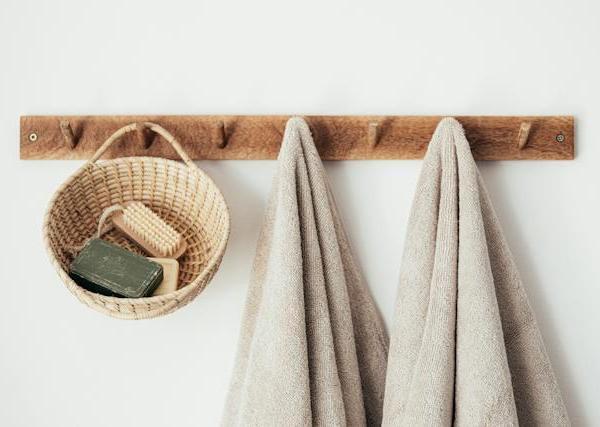Environmental Benefits:
One of the most significant advantages of using sustainable and eco-friendly materials is their positive impact on the environment. These materials are typically sourced from renewable resources, such as bamboo, cork, or reclaimed wood, which reduces the demand for virgin resources and helps preserve natural habitats.Additionally, sustainable materials often have a lower carbon footprint compared to conventional materials. For example, using reclaimed wood reduces the need for logging and minimizes the energy and resources required for processing new timber. Similarly, materials like bamboo grow rapidly and require minimal water and pesticides, making them a more sustainable alternative to traditional hardwoods.
Moreover, eco-friendly materials are often produced using environmentally responsible manufacturing processes. For instance, some manufacturers use low-emission adhesives and non-toxic finishes, reducing air pollution and the release of harmful chemicals into the ecosystem.
By choosing sustainable and eco-friendly materials for your home decor and furniture, you can contribute to the conservation of natural resources, reduce carbon emissions, and help protect the environment for future generations.
Improved Indoor Air Quality:
Another significant advantage of using sustainable and eco-friendly materials is the improvement of indoor air quality. Traditional furniture and decor items often contain harmful chemicals, such as volatile organic compounds (VOCs), formaldehyde, and flame retardants. These chemicals can off-gas over time, polluting the indoor air and potentially causing health issues.On the other hand, sustainable materials are typically produced without the use of toxic chemicals. For example, organic textiles made from materials like organic cotton or hemp are grown without synthetic pesticides or herbicides, reducing the risk of chemical exposure.
Furthermore, many eco-friendly furniture options use natural finishes and adhesives that do not emit harmful VOCs. These materials are free from formaldehyde, a chemical commonly found in conventional furniture, which is known to be a respiratory irritant and a potential carcinogen.
By opting for sustainable and eco-friendly materials, you can create a healthier indoor environment for you and your family, reducing the risk of respiratory problems, allergies, and other health issues associated with poor air quality.
Durability and Longevity:
Sustainable and eco-friendly materials are often known for their durability and longevity. Many of these materials are naturally resilient and can withstand wear and tear, making them a wise investment in the long run. For example, furniture made from reclaimed wood or bamboo is renowned for its strength and durability.Similarly, textiles made from organic or natural fibers like linen or hemp are often more durable than their synthetic counterparts. These materials can withstand repeated washing and maintain their quality over time.
Investing in durable and long-lasting materials reduces the need for frequent replacements, minimizing waste and the consumption of resources. Sustainable materials are designed to withstand the test of time, ensuring that your home decor and furniture can be enjoyed for years to come.
Aesthetically Pleasing:
Sustainable and eco-friendly materials are not only environmentally friendly but also aesthetically pleasing. These materials offer a wide range of textures, colors, and finishes, allowing you to create unique and visually appealing interiors.For example, reclaimed wood often showcases beautiful natural patinas and unique grain patterns, adding character and warmth to your space. Bamboo, known for its contemporary and sleek appearance, can bring a modern touch to your home decor. Additionally, natural fibers like jute or seagrass can introduce a rustic and organic feel to your space.
By incorporating sustainable and eco-friendly materials into your home decor and furniture, you can create visually stunning interiors that reflect your personal style while also contributing to a greener and more sustainable future.
Supporting Ethical Practices:
Choosing sustainable and eco-friendly materials means supporting ethical practices throughout the supply chain. Many manufacturers of sustainable materials prioritize fair trade and ethical labor practices, ensuring that workers receive fair wages and safe working conditions.Moreover, sustainable materials often come from local or small-scale producers, supporting local economies and artisans. This promotes economic growth and community development, providing livelihoods for individuals and empowering local communities.
By opting for sustainable and eco-friendly materials, you can align your values with your purchasing decisions, supporting ethical practices and making a positive impact on the lives of those involved in the production process.
In conclusion, incorporating sustainable and eco-friendly materials into your home decor and furniture choices offers numerous benefits. From reducing environmental impact and improving indoor air quality to enjoying durability, aesthetics, and supporting ethical practices, these materials provide a holistic approach to sustainable and responsible living. By making conscious choices, you can create a beautiful and eco-friendly home that not only enhances your well-being but also contributes to a greener and more sustainable future.



